The Darling River Run: A lonely 900km stretch of dirt in a desert landscape
The GPS screen on the car’s dashboard worryingly depicts the road we’re on as a dead-straight line on a blank, white background. This is the Darling River Run — the lonely 900km stretch of dirt that meanders from Bourke to the Victorian border. There are no discerning features to map this desert landscape.
NSW
Don't miss out on the headlines from NSW. Followed categories will be added to My News.
- The Great River Run: Murray Darling crisis Part 1
- The Great River Run: What drove Murray Darling’s early expansion
- The Great River Run: Getting to the heart of a tragic treasure
The GPS screen on the car’s dashboard worryingly depicts the road we’re on as a dead-straight line on a blank, white background.
There are no discerning features whatsoever in this desert landscape you could utilise for a map — at times the surrounds are so red and stony you wouldn’t be surprised to see the Mars Rover make an appearance.
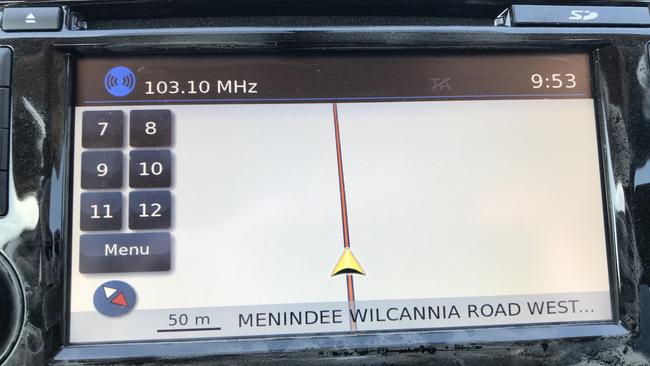
MORE NEWS
Roger Rogerson’s $50k ‘blood money’ offer to hitman’s widow
Teens arrested after huge northern beaches brawl
‘I will destroy you’: Ex’s text threats to Sydney rich-lister
This is the Darling River Run, the lonely 900km stretch of dirt road which — as the name suggests — closely follows the Darling River as it meanders south from Bourke through Louth, Wilcannia and Menindee to eventually join the Murray at Wentworth on the Victorian border.
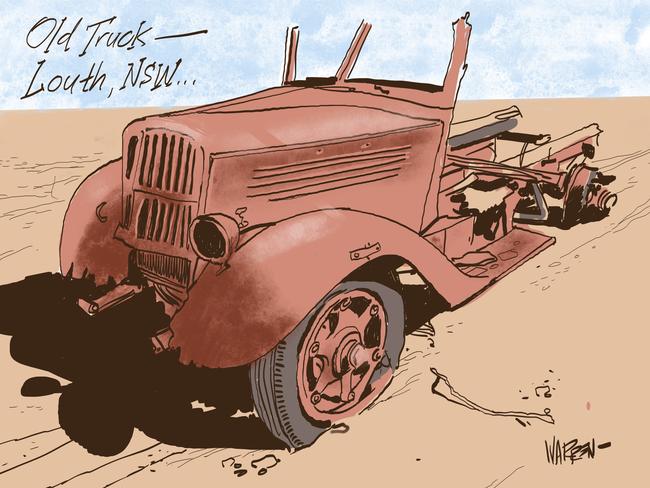
These are long drives between the towns, yet in the river’s heyday no one would have dreamt of travelling by road — the Darling was Australia’s inland highway, alive with its ceaseless traffic of chugging paddle steamers towing barges laden with wool bales, produce and its passengers, keen to carve a life in the outback.
For us it’s the challenge of the road, sometimes strewn with powdery bull-dust, which can instantly transform to cement-like, hard-baked earth, to loose red gravel, to soft, loamy sand.
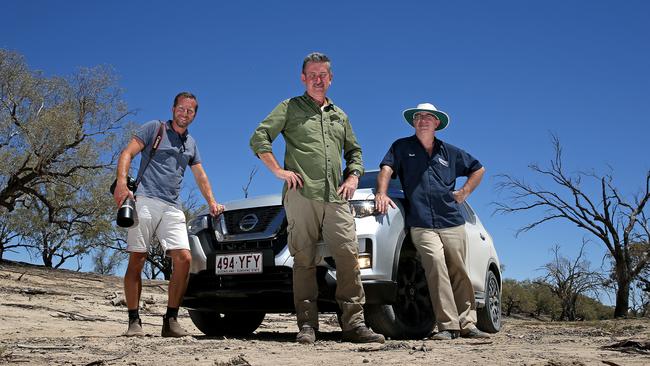
The vegetation is coarse and unforgiving — gnarled emu bush gives way to spinifex, scrubby acacia and the perennial saltbush, a worthless plant for livestock stock, having the nutritional value of cardboard.
Frequently there is movement in the distance, swirling red-dust willy willies — small whirlwinds — glide across the desertscape adding drama to the oppressively monotonous horizon.
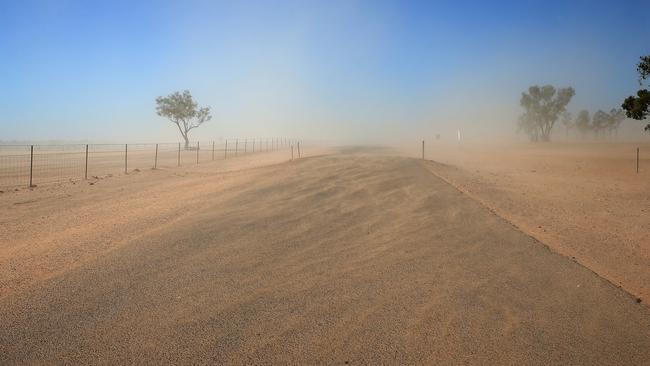
We’ve somehow dodged the serious heat — on Australia Day the temperature in Tilpa was 47.5C — but here we’re only in the mid-30Cs with the X-Trail’s airconditioning taking the sting out of what would be most unpleasant outside.
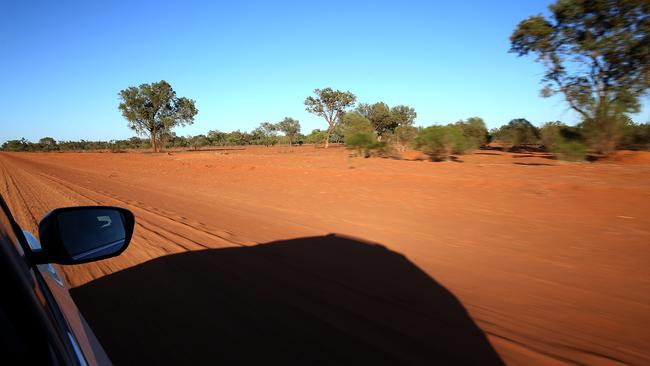
We’re mindful of the emaciated red kangaroos gathered by the road’s edge in the early mornings and evenings, hopelessly scratching the dust in search of anything on which to graze.
To have one suddenly leap in the path of the car would end the whole expedition.
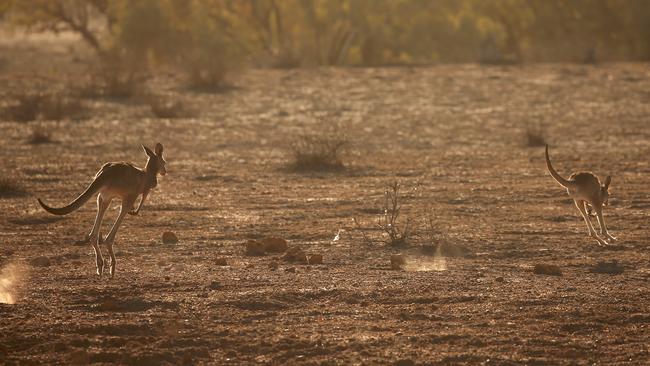
Mobs of wild goats occasionally dash across the road, startled by appearance of the oncoming car.
While driving the afternoon stretch, I surprised a large, gold-coloured snake with a dark brown head. It rose up at the car as if to attack but I somehow managed to avoid it, the snake — a western brown as it turned out — slithered away into the desert.


